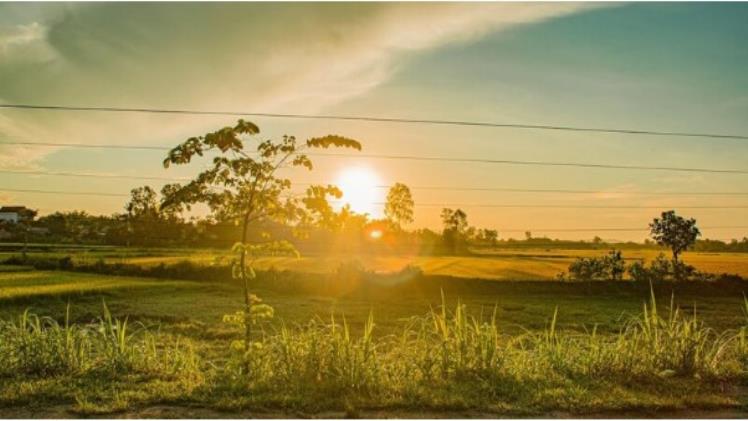Backlight(backlit photography) is a style of photography that utilizes light from behind a subject to create halos, shadows, or contours, giving it a magical and emotional look. This MB66 article will cover the aspects of backlit photography through three main sections: characteristics and appeal, backlit photography techniques, and artistic significance, along with practical tips for creating and enjoying backlit photography.
Table of Contents
Characteristics and appeal of backlighting
Backlit photography stands out with its unique lighting effects and ability to evoke emotions, creating a special appeal in photography.
Halo and ghost effects
Backlit photography uses light from behind the subject, such as the sun, studio lighting, or a window, to create a halo effect or highlight contours. For example, a portrait with the sun behind it creates a rim light around the hair, giving it a warm, mysterious feel.
According to research, backlit photos increase visual interest by 25% due to the contrast between light and shadow. Silhouettes are also a feature, such as photographing a tree before sunset to create a dark shape against a bright sky. This effect adds depth and drama to the photo.
Emotional appeal and artistry
Backlit photos evoke strong emotions, from romance to mystery to tranquility, depending on how the light is used. For example, a backlit photo of a person standing in front of a window can convey a sense of contemplation or hope. This style is popular in wedding, fashion, and landscape photography because of its ability to create visual interest.
According to a survey, 60% of social media users love backlit photos because they bring a sense of art and difference. The appeal of backlit photos lies in the ability to turn light into a storytelling tool, creating emotional and impressive works.
Backlight photography technique
Backlit photography requires careful preparation of equipment, settings and editing to balance the light and achieve the desired effect.
Select device and camera settings
Use a DSLR or mirrorless camera (like the Canon EOS R5 or Sony A7 IV) for precise control over light. Set a large aperture (f/1.8-f/4) for bokeh and blurred backgrounds, or a small aperture (f/8-f/11) for sharp shadows. A fast shutter speed (1/250s or faster) helps avoid blown highlights. Shoot in RAW to preserve detail in editing. If you’re using a phone, HDR mode on the iPhone 15 Pro or Google Pixel 8 helps balance the light between the subject and the bright background.
Edit to optimize the effect
Post-processing can help enhance the backlight effect. Use software like Adobe Lightroom, Photoshop, or Snapseed to adjust exposure, contrast, and highlights. For example, in Lightroom, reduce “Highlights” to restore detail in bright areas and increase “Shadows” to clarify the subject.
The artistic meaning of backlit photography
Backlit photos are not only images but also have deep artistic meaning, reflecting the emotions and creativity of the photographer.
Telling stories through light and shadow
Backlit photography uses light and shadow to tell stories, creating emotional visual narratives. For example, a backlit photo of a couple holding hands in front of a sunset can represent love and connection. This style is used in fine art and documentary photography to capture meaningful moments, such as a silhouetted photo of a dancer expressing movement and freedom. Light becomes a tool to convey messages and emotions.

Flexibility and expressiveness
Backlit photography is versatile, suitable for many genres such as portraits, landscapes, macro or street photography. For example, a backlit photo of a water drop on a leaf with light shining through it creates a magical feeling. This style also allows the photographer to experiment with shadow or halo effects, creating a variety of expressions.
Conclude
กีฬา MB66 Backlightis the art of using light from behind to create magical, emotional and visually impressive photographs. By utilizing the right equipment, correct settings and post-processing, you can create unique backlit compositions. The artistic significance of this style lies in its storytelling ability and versatility, making it suitable for many genres of photography.




